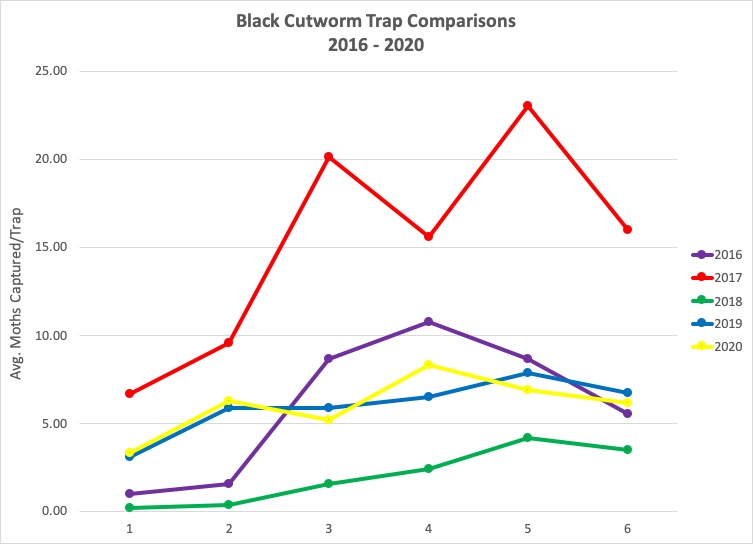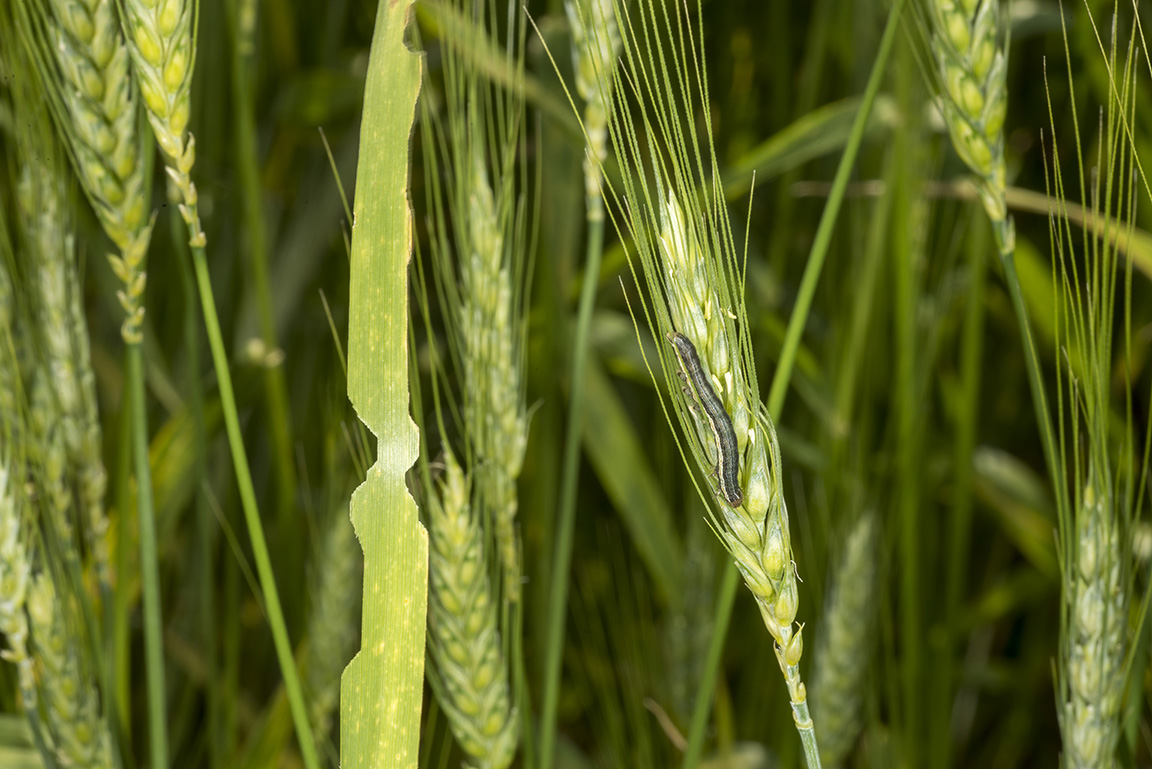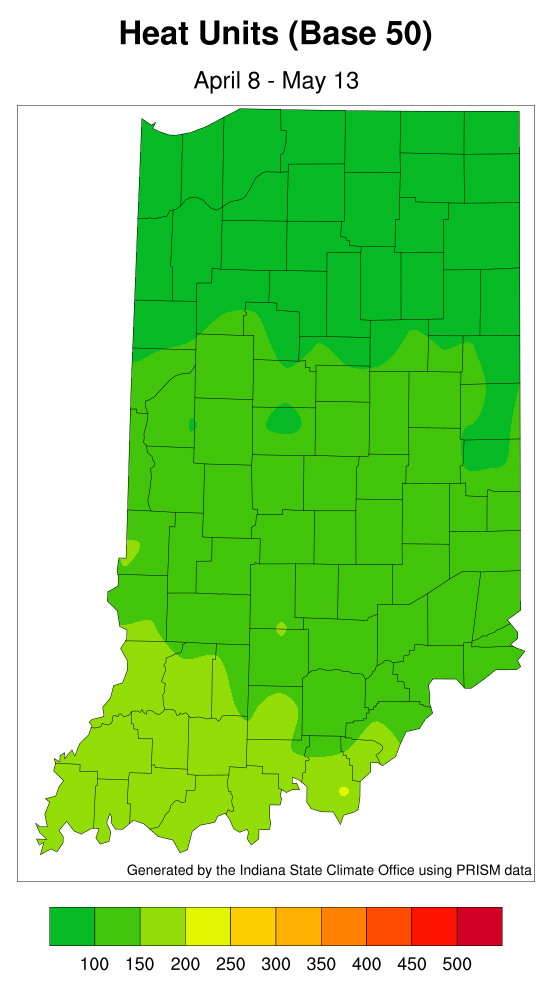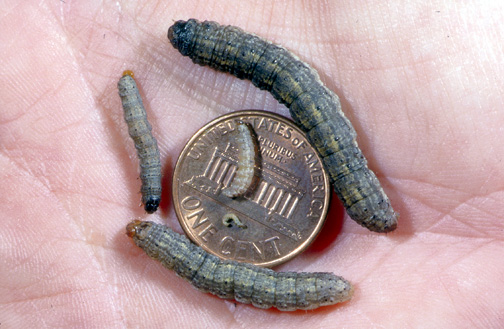Armyworm Pheromone Trap Report – 2020
John Obermeyer


Every spring, dozens of cooperators throughout the state put forth considerable effort in trapping for the arrival and intensity of black cutworm moths.

Armyworm moth captures have varied this spring, with some being quite impressive (see “Armyworm Pheromone Trap Report”).
When a freeze occurs early in the spring after soybean fields have been planted, damage is dependent on many variables, especially the growth stage.
Armyworm Pheromone Trap Report – 2020
2019 Black Cutworm Pheromone Trap Report Form

Many species of cutworms feed on corn and soybean if it’s available.
2019 Black Cutworm Pheromone Trap Report Form

Black cutworm moth catches in many of our cooperator’s pheromone traps continue to be quite impressive (see “Black Cutworm Adult Pheromone Trap Report”).
Armyworm Pheromone Trap Report – 2020
© 2025 Purdue University | An equal access/equal opportunity university | Copyright Complaints | Maintained by Pest&Crop newsletter
If you have trouble accessing this page because of a disability, please contact Pest&Crop newsletter at luck@purdue.edu.


